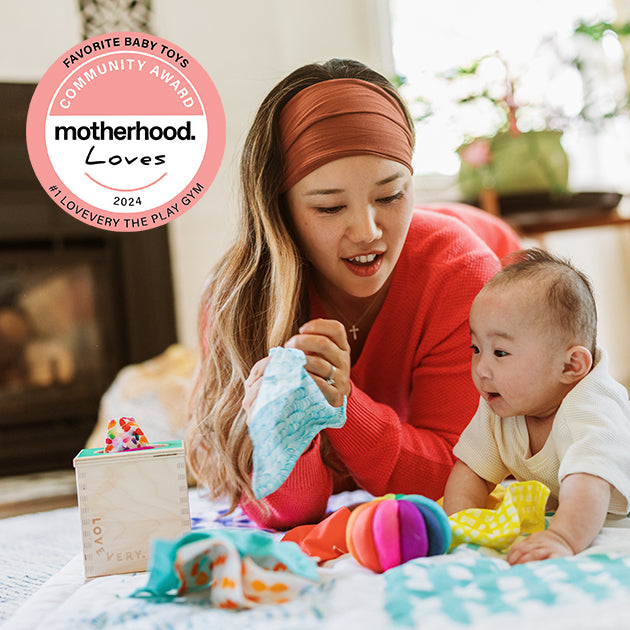
The Best Approach to Start Meditating
When it comes to meditation, the first and most important thing to know is that we're not trying to stop our thoughts. You might be thinking, I can't do meditation because I can't stop thinking. No one can stop thinking. No one should stop thinking. All we're trying to do is develop a new relationship to those thoughts.
The brain secretes thoughts the way that the mouth secretes saliva. It's a natural thing that the body does, and we're not trying to stop that. As you come into a meditation practice, especially if it's new for you, it's important to put aside that expectation. A beautiful way of thinking about entering a meditation practice is imagining that you're sitting behind a waterfall. That waterfall is representative of all your thoughts, stories, fantasies, and plans, and that water is going to keep falling. But there's a little bit of space between the water and the rock face, and that's where you're sitting. So that water can keep falling, those thoughts can keep going, and all we're doing is watching. As we watch, that's awareness, and that's something that's always there for you. That's mindfulness.
The second that you become aware that you've gotten wrapped up in a thought – Later on, I'm going to go to the grocery store and then I'm going to pick the kid up. And then tonight I'm going to watch this movie and make this plan – that’s when you need to tune into that awareness and consciously return to your practice. Your practice might be focused on breath awareness. It might be a repetition of a word or a phrase. It might be a compassion practice, whatever it is, we're just going to keep bringing our attention back again and again.

When Should I Meditate?
As for the when, meditate any time of day that works for you and feels appropriate to your schedule. Some may find morning is best for them because it's before the mind has gotten amped up into the day, and it’s easier to set aside that time. Some people might find that an afternoon practice grounds them a little bit more and brings them back to center. Some people might find that doing a practice before bed is more healing or restorative.
I like to think about a meditation practice the same way that I would think about brushing my teeth in the morning. It's just a part of the daily routine. I would never leave my house without brushing my teeth. The same thing is true for my meditation practice. I'm not going to skip that. It's part of my overall hygiene, my mental hygiene, my emotional hygiene.
Choose a time that works for you and, the extent that it's possible, commit to that time each day. But if you miss that time one day, the most important thing for you to do is still do your practice, whenever that may be.

There are so many possibilities for meditation poses, it’s all about figuring out what’s right for you in your body.
There’s a story I love about a little girl who was asked, “What does meditation look like?” She crossed her legs, put her hands into a little mudra, closed her eyes, and squished her face. That’s what we think that a practice is supposed to look like. But, if we have this expectation, we're going to be less likely to do it. There are lots of ways meditation might look in your body, like:

Walking Meditation

Seated Meditation

Meditate while lying down
For example, you don't have to close your eyes if that won’t serve your practice. While there are practices where you're going to be invited to close your eyes, you don’t need to make that a part of every practice. Your eyes are like little satellite dishes, taking in sensory information. The beautiful part about closing them, then, is that you can step back from all that input and be present in your practice.
Here are ways to have a great meditation practice whether your eyes are closed or open:

Eyes Closed Meditation

Eyes Open Meditation
Keep in mind, as you enter a meditation practice, it's not about how long we meditate each day, especially when you start out. It's about committing to meditating at least five days a week -- so we can start with five minutes a day. And maybe we just do five minutes a day for a week, two weeks, three weeks, or a month. Then you’re able to increase it by five minutes when you feel ready. I love the idea that it's better to meditate five minutes a day, five days a week, than twenty-five minutes once a week. That consistency is going to have more of an impact on your life than doing it once a week for a bigger chunk of time. Start small and give yourself permission to build from there.
More From Lauren Eckstrom
Click here to learn more about her personal journey with yoga and meditation.
Click here to learn how to start a journey towards mindfulness during pregnancy and and read meditation advice for expecting mothers.
Click here to learn how your meditation practice may change once you become a mom.
Click here if you want to find out how meditation changes you, your body, and even your emotional regulation. The impact of mindfulness extends far beyond a deep breath!
Click here to read Lauren's advice on different types of meditation and the sameness of meditation and mindfulness in practice.






